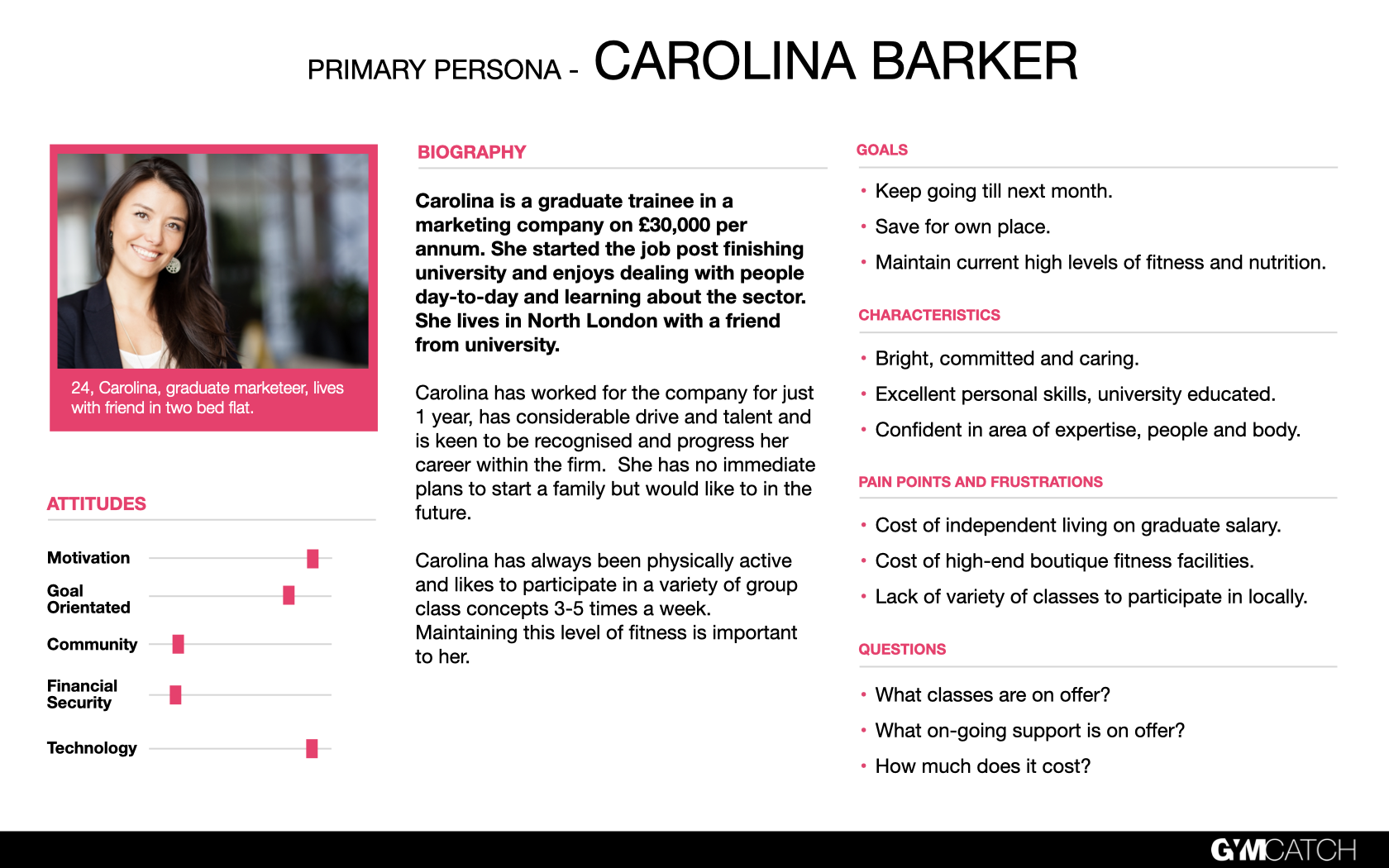
If you are interested in becoming a boxing coach, this guide is for you. Here, we delve into essential skills, qualifications, and pathways to building a solid career. From acquiring boxing coach qualifications to securing coaching positions and exploring alternative routes, we have you covered.
What does a Boxing Coach do?
A boxing coach plays a pivotal role in shaping aspiring athletes and helping mould them into formidable athletes. Their primary responsibility revolves around training athletes to excel in the challenging world of boxing. Beyond imparting techniques, a boxing coach also serves as a mentor, strategist, and motivator.
At the core, the role of a boxing trainer is multifaceted. It’s not solely about teaching punches and footwork, it’s about instilling discipline, strategy, and mental fortitude. They meticulously craft training regimens that blend physical conditioning, technical skill development, and mental preparation.
Their expertise should also extend beyond the gym. A successful boxing coach should act as a confidant and strategist, putting together game plans tailored to each fighter’s strengths and weaknesses. They provide guidance, analyse opponents, and prepare an athlete mentally for the ring, ensuring they enter each match with both confidence and skill.
Essentially, a boxing coach’s impact goes beyond the wins and losses, it’s about shaping resilient athletes, instilling discipline, and nurturing the mindset for success inside and outside the ring.
Boxing Coach skills and responsibilities
A proficient boxing coach has a spectrum of skills and responsibilities essential for nurturing champions in the ring.
-
Effective communication skills:
Clear and concise communication lies at the heart of a boxing coach’s abilities. They articulate techniques, strategies, and feedback in a manner that resonates with their athletes. Precise guidance ensures athletes comprehend and execute the nuances of boxing techniques.
-
Fostering a positive training environment:
Creating an environment conducive to growth and development is crucial. Boxing coaches cultivate a space where athletes feel motivated, supported, and driven to push their limits. They instil confidence, provide constructive feedback, and foster a culture of resilience and determination.
-
Strategic planning and analysis:
Beyond physical training, coaches act as strategists, analysing opponents and devising game plans tailored to their athletes’ strengths. They study techniques, tactics, and ring psychology, preparing their athletes comprehensively for each match.
-
Technical expertise and mentorship:
A boxing coach is a mentor, imparting technical expertise while nurturing athletes to become not just skilled boxers but also disciplined individuals. They guide, motivate, and inspire, serving as role models both inside and outside the gym.
Qualifications for being a Boxing Coach
- Academic Foundations: Pursuing education in sports science, physical education, or boxing-specific programs lays the groundwork. Degrees or certifications from accredited institutions provide a comprehensive understanding of sports theory and practical coaching techniques.
- Professional Certifications: Obtaining certifications such as the Level 1 or Level 2 coaching certificates in boxing demonstrates adherence to industry standards. These certifications validate expertise and ensure coaches are well-equipped to train aspiring athletes.
- Continued Training and Development: Supplementing formal education with additional training and workshops enhances coaching capabilities. Participation in seminars, mentorship programs, and practical experiences fortifies a coach’s skill set and knowledge base.
- Practical Experience: Hands-on training, apprenticing under seasoned coaches, and actively coaching amateur athletes contribute significantly. Practical experience hones coaching skills, refines techniques, and builds credibility in the boxing community.
How to become a Boxing Coach?
Becoming a successful boxing coach involves a strategic approach, blending education, practical experience, and portfolio development.
-
Educational paths:
Begin your path by pursuing educational avenues in sports science, physical education, or specialised boxing programs. Courses tailored to boxing coaching, such as Level 1 or Level 2 coaching certificates, equip individuals with foundational knowledge and coaching techniques.
-
Coaching experience:
Gain hands-on experience by apprenticing under experienced coaches, assisting in training sessions, and actively coaching amateur athletes. Practical exposure sharpens coaching skills, provides valuable insights, and builds credibility in the boxing community.
-
Portfolio development:
Assemble a comprehensive coaching portfolio highlighting certifications, educational qualifications, coaching experiences, and any specialised training. Portfolios showcasing coaching techniques, strategies, and success stories serve as tangible evidence of coaching prowess.
The educational path begins with pursuits in sports science, physical education, or specialised boxing programs, laying the groundwork for coaching proficiency. Hands-on experience, gained through apprenticeships and active coaching, refines skills and earns credibility within the boxing community. These foundational steps pave the way toward a rewarding career in boxing coaching, where dedication, expertise, and a comprehensive portfolio become the cornerstones of success.
Alternative routes to becoming a Boxing Coach
- Apprenticeships and Mentorship: Engaging in apprenticeships under seasoned boxing coaches or participating in mentorship programs offers invaluable hands-on experience and insight into coaching methodologies.
- Community Involvement and Volunteering: Active participation in community boxing programs, volunteering at local clubs, or leading boxing workshops nurtures practical coaching experiences and a deeper understanding of diverse boxer needs.
Exploring alternative routes to becoming a boxing coach provides unconventional yet valuable opportunities to acquire crucial coaching skills, hands-on experience, and establish oneself in the competitive field of boxing coaching.
Where can I coach Boxing?
Take a look at some of the opportunities that await aspiring boxing coaches and have the power to shape talent and nurture the sport’s growth.
- Fitness Centers: Many fitness centres incorporate boxing programs, offering opportunities to coach boxing as part of a broader fitness regimen.
- Boxing Gyms: Specialised boxing gyms are ideal settings to coach, providing access to dedicated boxing facilities and a community of boxing enthusiasts.
- Community Programs: Engage in community-based programs, volunteering or coaching at local clubs, schools, or community centres, fostering boxing talent and promoting the sport.
- Schools and Academies: Some schools offer boxing programs as part of their sports curriculum, providing avenues for coaching young athletes and fostering their interest in boxing.
Exploring these varied opportunities offers aspiring boxing coaches a spectrum of opportunities to impart knowledge, hone coaching skills, and contribute to the growth of boxing talent.
Securing a coaching position
Landing a coaching position in boxing necessitates strategic job search tactics and a well-crafted approach.
-
Effective job search strategies:
Leverage online job platforms, boxing-specific job boards, and professional networks to explore coaching opportunities. Tailor applications to highlight relevant boxing coach qualifications and experiences aligned with the job requirements.
-
Networking in the Boxing Community:
Engage actively within the boxing community, attend events, seminars, or coaching workshops. Networking with fellow coaches, athletes, or gym owners can unveil unadvertised job openings and provide valuable industry insights.
-
Crafting a compelling coaching resume:
Prepare a polished coaching resume highlighting boxing coach certifications, coaching experiences, educational qualifications, and any specialised training. Emphasise coaching techniques, successful programs, and mentoring achievements to stand out.
These three steps should guide you on the right path for launching your career and building the boxing empire of your dreams.
In conclusion
From honing coaching skills to exploring diverse opportunities, the path to success as a boxing coach demands dedication.
Gymcatch is an innovative platform that streamlines boxing class organisation and schedule management, empowering boxing coaches to focus on their passion – training athletes. Learn more about how Gymcatch can help you on your journey to success.
Contact us today for more information about our software.










